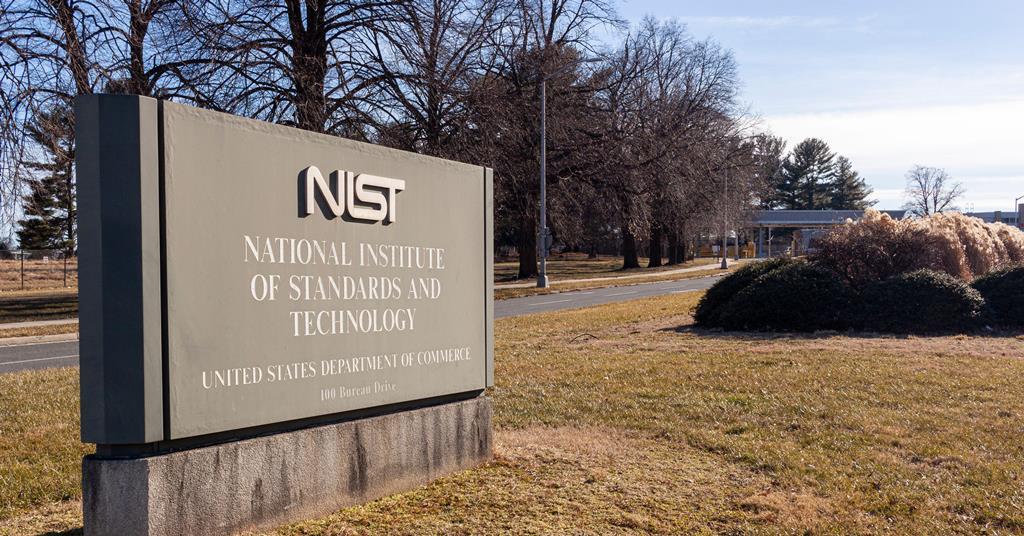
The US National Institute of Standards and Technology’s facilities are in serious need of modernisation and require an investment of up to $6.6 billion (£5.5 billion) over the next 12 years, according to a new analysis by the US National Academies. Many of these labs and buildings date back to the 1950s or 1960s, and are in ‘alarming physical condition’ that greatly impairs their functionality and demands major upgrades, warns the committee that wrote the report.
Created in 1901 as the National Bureau of Standards before being renamed Nist in 1988, the agency’s mission is to promote US innovation and industrial competitiveness through measurement science, standards and technology. Its activities include creating tens of thousands of standard reference materials each year for US labs, hospitals and manufacturers. Nist also provides various calibration services, such as those that ensure the correct dosage of radiation is given during cancer treatments and the smooth functioning of fiber optic communications.
The committee cautions that Nist’s facilities can no longer keep up with the increasing demands of precision measurement and the science needed to carry out its mission. To do so, the agency needs lab facilities that meet various requirements, including extremely precise environmental controls for temperature, humidity, vibration, sound and cleanliness, and often more demanding requirements like electromagnetic shielding.
The National Academies has found that 63% of Nist’s research facilities and 69% of non-research facilities on the agency’s campuses in Maryland and Colorado don’t meet the US Commerce Department’s established standards for the condition of buildings. The problems in these unrenovated areas involve, for example, unreliable power and climate control, leaking roofs and plumbing leaks. Some electrical equipment even lacks modern safety features to protect technicians, the report says.
These deficiencies have caused Nist’s work to suffer. The National Academies pointed out that the agency hasn’t been able to meet typical demand for some of its standard reference materials – including for infant formula – due to heating, ventilation and air conditioning problems at its facilities.
Power outages, humidity problems cause serious damage
Leaks and floods have even destroyed one of Nist’s electron microscopes used to support semiconductor research, and have also caused the agency to abandon a basement lab that supported quantum computing research. A specialised Kibble balance that helped redefine measurements of mass also sustained significant damage in 2019.
Power instabilities have also harmed Nist’s instrumentation. One state-of-the-art micro/nano fabrication facility on the agency’s Boulder, Colorado campus – which supports over a third of the projects on the campus – loses one instrument, on average, with each outage. In perhaps one of the most egregious cases, power outages caused irreparable damage to a $6 million electron microscope in another Nist lab that supported additive manufacturing research.
Lab humidity control issues at Nist facilities pose significant difficulties as well. Such deficiencies have meant, for instance, that one of the agency’s instruments that is among the most accurate in the world and provides measurements for semiconductor and aerospace companies cannot be calibrated about 20% of the time, the National Academies added.
Furthermore, technical staff at Nist are also being forced to spend more and more time on workarounds and do-it-yourself repairs that are reducing productivity by 10% to 40%. The committee noted that researchers in one electron microscopy lab reported spending 30% of their time cleaning the lab and shielding samples from airborne particulates spread by an air conditioning system that is several decades old.
The committee agrees with Nist estimates that an investment of another $300 million to $400 million is needed annually for at least 12 years to ‘restore lost mission capabilities’ and provide facilities for new programmes. That amount is on top of another $120 million to $150 million per year over that period to stop or stabilise the effects of ‘further physical deterioration and functional obsolescence’ and prevent new backlogs of deferred funding. Therefore, the report’s authors calculate that the overall investment needed by Nist ranges from about $5 billion to $6.6 billion over 12 years.